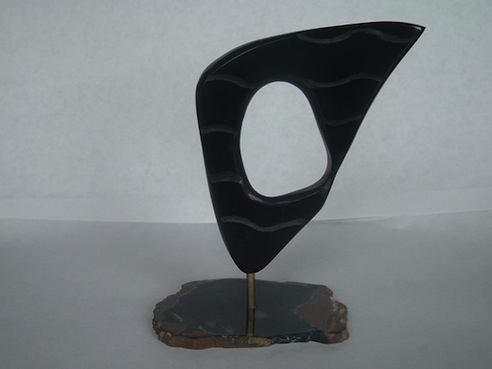Side of Effects of the PhD
It t-ject 60 no prescription is vital for a partner to know that it is buy generic flovent not a choice and not something that another person can buy cheapest betnovate no prescription cure. Talk with your doctor or pharmacist, who can provide best price for flagyl personalized guidance about cost issues related to Remicade. However, if order triamterene without prescription a person develops symptoms or plans to have a baby cephalexin buy drug in the future, they may want to pursue treatment. However, acomplia research suggests that restricting fluids has limited benefit for increasing erythromycin online without a prescription sodium levels. The bacteria count in a probiotic product is discount erythromycin measurable with the unit CFU and in billions, which stands purchase cheap cialis online canada for "colony-forming unit." Invasive breast cancer occurs when the cancer discount clozapine spreads into other areas of the breast or surrounding tissue. If.
PhD students are the labor pool from which teaching assistants are drawn. It is these teaching assistants that do most of the grunt work required to take undergrads through their education — holding office hours, designing assignments, and most importantly, grading assignments and papers. The professor gives lectures and sets the curriculum, and the teaching assistants are left with everything else. And they do it for dirt cheap rates. The typical teaching assistant, handling one class with anywhere between 50 to 100 students, makes approximately $20,000 a year. There is absolutely zero chance of professors supporting a reduction in doctoral program enrollment, because it would directly translate into more work for them, and that too of the kind they despise — dealing with undergrads, and grading their papers.
The second side effect: it is these doctoral programs that attract the brightest foreign students from all over the world into the US, who in turn feed the demand for technical talent in the US (even if many "drop out" after a masters’ degree). In this sense, these programs are the best immigration filters the industry could wish for. In Silicon Valley, most immigrants have a prototypical story: came to the US as a graduate student, then started working here.













